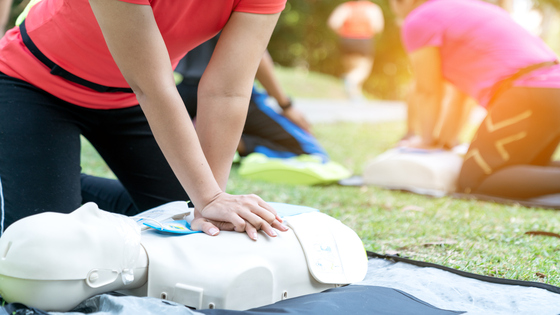How to Discern CPR Classes in San Antonio That Are Worth the Time
Have you ever been at the scene of an emergency? If so, you probably wished you were trained with the knowledge and skills to lend a hand. Cardiopulmonary resuscitation (CPR) classes provide you with valuable information and procedures to be able to help out in emergency situations. Many parents educate themselves to prepare for an unforeseen accident, teachers and other childcare professionals are required to be CPR certified, and other healthcare workers must also complete the training if they work in a patient care environment.
Whatever your reason for wanting to take cpr classes in san antonio, there are numerous classes to choose from. Look at a few key factors to choose a training session that will leave you knowledgeable and certified.
Certification
The American Heart Association (AHA) provides a wealth of resources and training certification for CPR instructors. They offer specialized courses based on your industry. The AHA offers courses aimed specifically for infants and children, healthcare workers, business professionals or community groups. Training also includes information on first aid and bloodborne pathogens. Their goal is to increase survival rates with well-trained people in businesses and communities across the country. Ensure that the course you enroll in is endorsed by the AHA with an official certification card. Your certification is typically valid for two years.
Skills
Although the idea of saving a life can feel intimidating, the fundamentals of CPR are quite simple: keep blood flowing to the heart and air reaching the lungs until emergency technicians arrive. A valid CPR class will teach:
- Compression/Breathing: A good course will teach the basic methods of compression and breathing for adults, children and infants.
- Automated External Defibrillator (AED): You should also learn how to use an AED, which essentially does the work for you once you hook it up to the victim. AEDs are commonly found in community centers, churches, gyms and other centrally used areas throughout your city.
- First Aid/Bloodborne Pathogens: In addition to basic CPR methods, the instructor should cover how to take care of a variety of cuts, scrapes, bruises and wounds and how to react in a situation where the victim’s blood is flowing freely.
- Airway Obstruction: Learn how to clear a person’s airway of debris.
- Bag Mask: In order to help a victim breath without transmitting any fluids or germs, you’ll learn how to attach a bag mask properly.
- Real-Life Scenarios: Instructors of CPR classes should also walk you through a variety of real-life scenarios so you can become comfortable with the exact steps to perform in the event of an emergency from the very first seconds until the ambulance arrives.
Certified Instructor
The AHA provides training courses for those who want to educate employees and community groups on current methods of CPR. Look for a course with an AHA certified instructor to ensure he is knowledgeable and current on all of the methods. CPR has been used as a life-saving tool since the 1970s, yet millions of Americans still don’t know how to use it. Prepare yourself for the unexpected by taking CPR classes in San Antonio. In just a few hours you can be ready to turn a tragic situation into a joyous story of survival.











